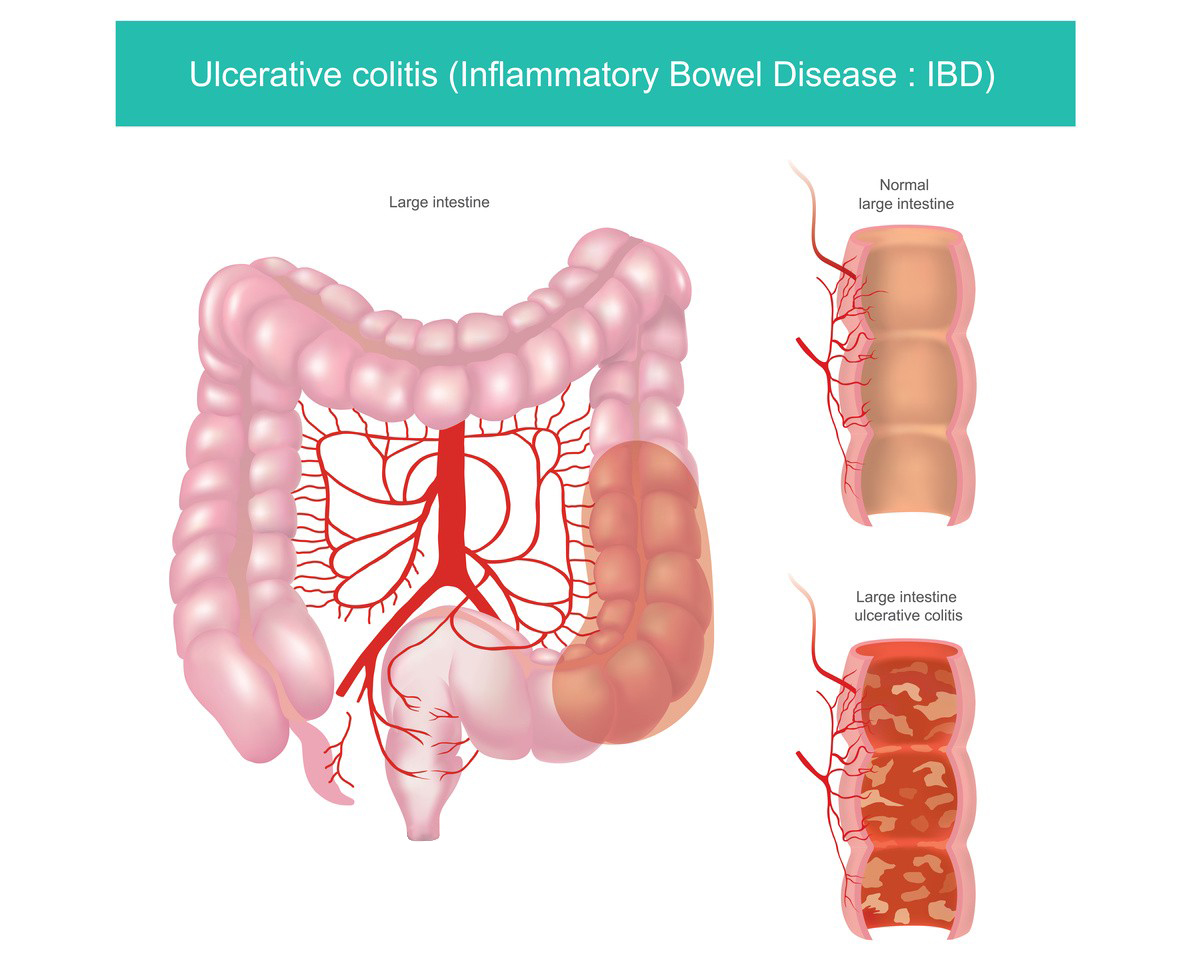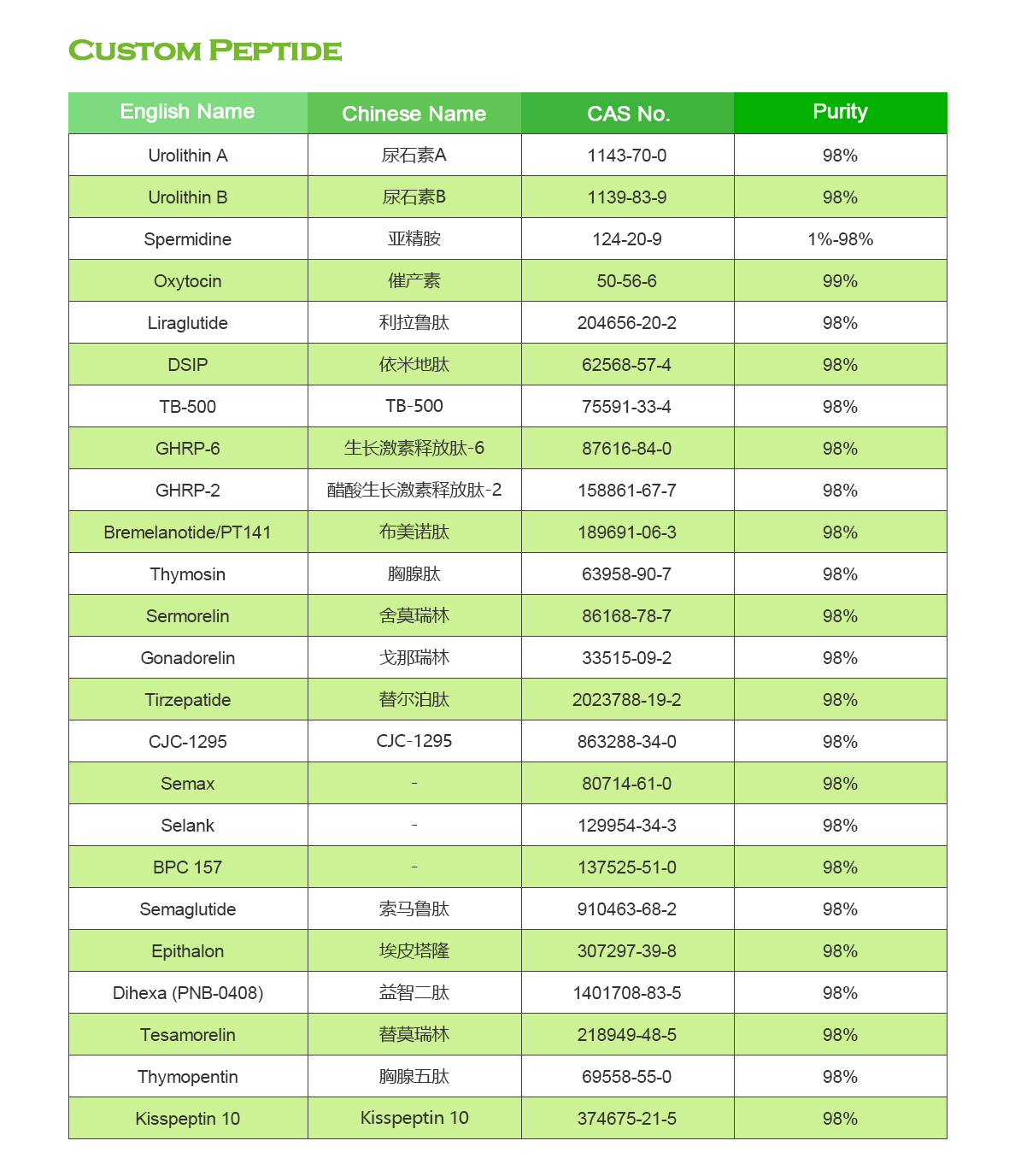BPC-157, or Body Protection Compound-157, is a synthetic peptide derived from a portion of a protein found in the stomach. It has gained attention for its potential healing properties, especially in the context of gastrointestinal and musculoskeletal injuries. It’s important to note that while there is some research on BPC-157, it is still in the early stages, and more studies are needed to fully understand its mechanisms and potential benefits.
Chemical Structure of BPC-157:
The chemical structure of BPC-157 consists of a sequence of 15 amino acids. The specific amino acid sequence is Gly-Glu-Pro-Pro-Pro-Gly-Lys-Pro-Ala-Asp-Asp-Ala-Gly-Leu-Val. This sequence represents the peptide’s primary structure.
Physical Properties of BPC-157:
Molecular Weight: The molecular weight of BPC-157 is approximately 1,418.6 g/mol.
Solubility: BPC-157 is typically soluble in sterile water, which makes it suitable for injection.

Research and Potential Properties:
BPC-157 has been studied for its potential therapeutic effects, including anti-inflammatory, wound-healing, and tissue-protective properties. Some of the observed effects in preclinical studies include:
Gastrointestinal Healing: BPC-157 has shown promise in promoting healing and reducing inflammation in the gastrointestinal tract. It has been investigated for its potential to treat conditions such as inflammatory bowel disease (IBD).
Musculoskeletal Healing: Studies suggest that BPC-157 may have a positive impact on musculoskeletal injuries, such as tendon, ligament, and muscle injuries. It has been explored for its potential to accelerate healing and reduce inflammation.
Anti-Inflammatory Effects: BPC-157 appears to exhibit anti-inflammatory properties, which may contribute to its healing effects in various tissues.
It’s crucial to emphasize that while there is some evidence supporting these potential benefits in animal studies, more research is needed to establish the safety and efficacy of BPC-157 in humans. Additionally, the use of peptides for therapeutic purposes is a complex field, and caution should be exercised. It’s essential to consult with a healthcare professional before considering the use of BPC-157 or any other peptides for medical purposes.
Adverse effects of BPC-157
BPC-157, or Body Protective Compound-157, is a synthetic peptide derived from a portion of a protein found in human gastric juice. It has gained attention for its potential therapeutic effects, including promoting healing and reducing inflammation. However, it’s essential to note that the scientific research on BPC-157 is still in its early stages, and there is limited information available on its long-term effects or potential adverse reactions in humans.
As of my last knowledge update in January 2022, the existing studies suggest that BPC-157 appears to be generally well-tolerated with a low risk of adverse effects. However, it’s crucial to approach any experimental peptide or substance with caution. Here are some points to consider:
Limited Human Studies: Most research on BPC-157 has been conducted in animals, and human clinical trials are limited. The lack of extensive human studies makes it challenging to establish the long-term safety profile of BPC-157 accurately.
Dosing and Administration: The optimal dosage and administration protocols for BPC-157 in humans are not well-established. Individuals experimenting with BPC-157 might not be using it under the guidance of healthcare professionals, which can increase the risk of adverse effects.

Potential Interactions: BPC-157’s interactions with other medications or substances are not fully understood. It is essential to be cautious when combining it with other drugs, peptides, or supplements.
Individual Variability: People may respond differently to BPC-157 due to individual variations in physiology, health conditions, or genetic factors. Some individuals may experience adverse effects while others do not.
Gastrointestinal Issues: BPC-157 is derived from a gastric juice protein, and there have been concerns about its potential impact on the gastrointestinal system. However, more research is needed to determine the extent and nature of any gastrointestinal effects.
Quality and Purity: The quality and purity of BPC-157 products on the market can vary. Contaminants or impurities in poorly manufactured products could contribute to adverse effects.
It’s crucial for individuals considering the use of BPC-157 or any experimental substance to consult with a healthcare professional before starting any regimen. Self-administration without proper medical guidance can pose risks and may lead to unforeseen consequences. Additionally, staying informed about the latest scientific research on BPC-157 is important, as the field is continually evolving.
